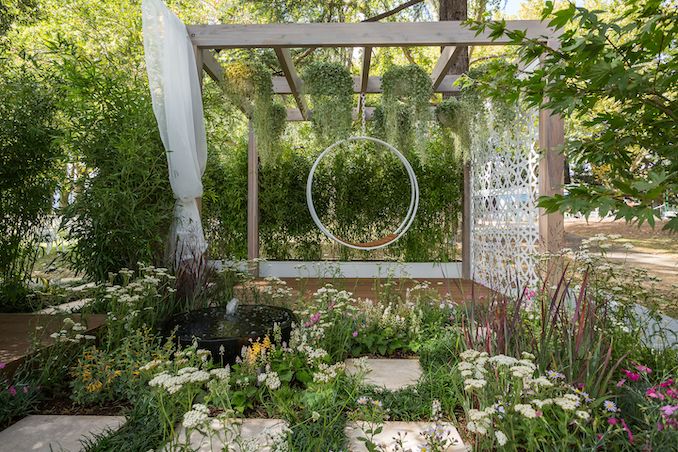Retaining walls offer numerous functions where design meets better functionality. Retaining walls are a simple and stylish method to add visual interest to your landscape. A retaining wall can serve as a spatial separator as well as a way of controlling soil erosion, in addition to its aesthetic value. But before beginning any retaining wall project, you might want to think about the material you want to use, the structure, the size, and the colour prefered. Here are a few tips on choosing the right retaining wall for your property.
1. Consider the wall’s material and kind
There are several materials available for building retaining walls in sydney. Traditional concrete interlocking walls and concrete sleepers, both of which provide several design possibilities. If you decide to use concrete blocks, it is suggested to take the help of a qualified carpenter. While concrete sleepers are a terrific method to conserve space, depending on the height of the wall, they may also necessitate expert installation.
2. Height restrictions
Building rules and height constraints may have an impact on your material choices as well as the creation and design of the retaining wall. For retaining walls larger than 600mm or more intricate designs, it is best to consult a specialist. Don’t forget to consider the height of your vegetation, it should be in proportion to the height of your retaining wall and design. Many residential landscaping services consider the height restrictions in advance.
3. Consider the colour and finish of your cloth
To get a consistent aesthetic across your outdoor space, choose a material colour that compliments your pavement and other external finishes. A contrasting feature, on the other hand, might give a distinctive design element to enrich the outer surroundings. There are several colour possibilities on the market to fit any style, ranging from smooth white blocks to grainy sandy colours or deep charcoal tones. Contrast is great if done correctly, but you may also choose to utilise a retaining wall finish that matches the external walls of your home.
5. Make a plan for water drainage
To guarantee proper water drainage, the retaining wall’s base must be covered with gravel and fabric. When selecting flora, it is also necessary to consider your environment; for example, tropical climates necessitate plants that flourish in damp and moist conditions.
6. Soil
Soil is important in retaining walls because you must choose the appropriate material, such as a geotextile wall, based on the soil type. It will ensure that a solid foundation is built to sustain the wall. The kind of soil, bearing capacity, and friction angle are all important considerations.
In general, hard and strong soil is recommended to offer optimum support to the wall. Soils that are moist or damp might pose a range of problems during the geotextile installation procedure. Furthermore, the earth in cold zones expands and contracts, causing significant damage to the wall.
7. Design
Before beginning the installation of retaining walls, you must consider several design variables to ensure the building process runs smoothly and quickly. Wall heights, footprint sizes, and setback angles are examples of such characteristics. Other technical elements must also be examined in terms of retaining wall material.
8. Enforcement
Gravity alone will not be sufficient to sustain your wall. As a result, various reinforcing measures will be required to sustain the wall and assure its lifespan. Geosynthetics, such as geogrids, are commonly utilised for wall reinforcement. Geogrids, for example, can be inserted between the layers of retaining wall bricks to provide stability.
Finally, regardless of the type of wall used for your project, the objective should be to use the best geosynthetic material for reinforcement and ensure the site is thoroughly evaluated to make the proper selections. Many service providers of retaining walls in Sydney can guide you through the process and help you choose an environmentally safe alternative.

